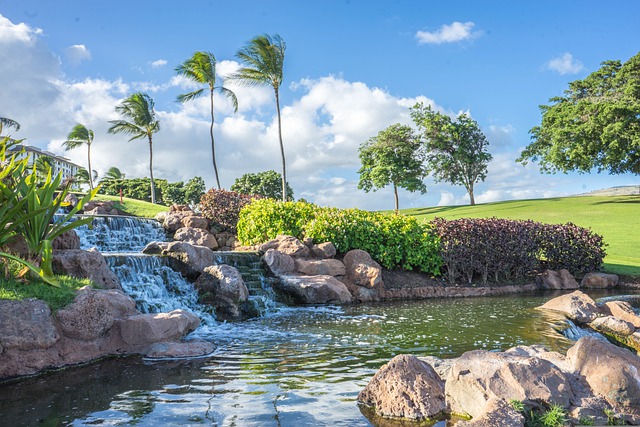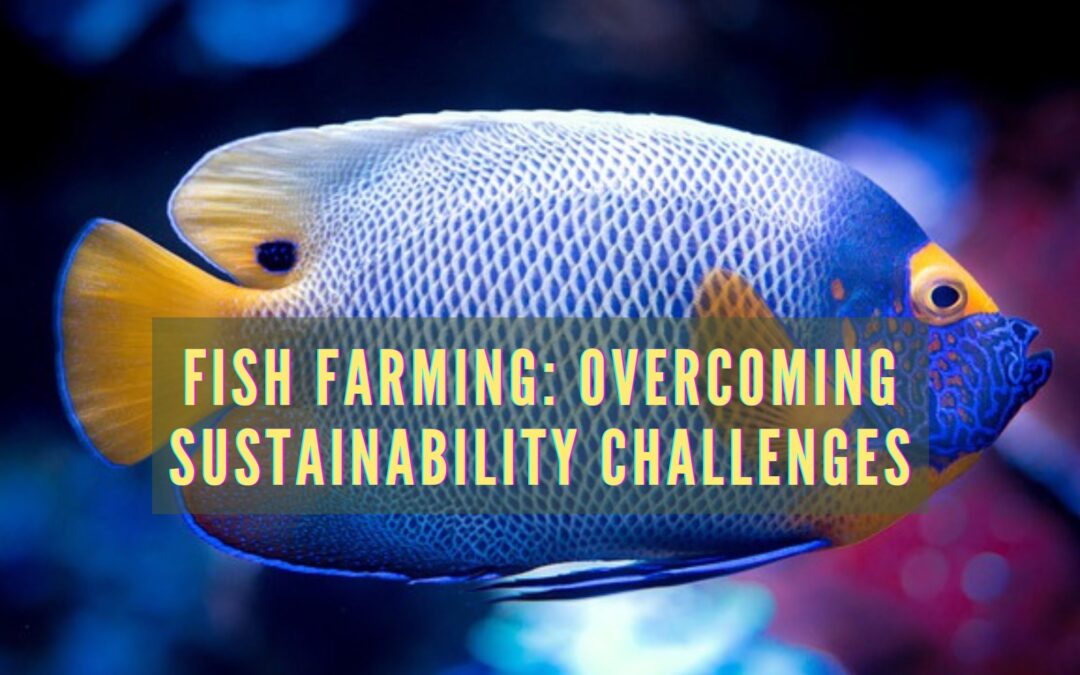Fish farming plays such an integral role in providing sustainable animal protein that’s needed by the growing world population. As the world’s population continues to grow, there is a need for a means of meeting the global demand for protein. The catches from wild fisheries have remained completely flat with some stocks already overexploited. This calls for the need for farmers to embrace aquaculture while also figuring out ways on overcoming sustainability challenges.
Fish are considered efficient converters of feed to protein when compared to land animals and their climate change footprint is far much lower as well. Aquaculture is one of the fastest-growing food production systems and it accounts for about 52% of the fish being consumed by humans globally.
Challenges Facing Aquaculture Industry
The industrialization and intensification of aquaculture have, to a great extent, increased the threats to aquatic environments. Fish farming compromises of arrangement of systems such as cages or floating net pens that are put up within aquatic environments such as oceans, lakes, or rivers.
Here are some of the challenges that aquaculture industry players are faced with and how they can be addressed;
Discharge of nutrients to the receiving environment
This is one of the common impacts of aquaculture and it’s mostly a result of discharging nutrients from fish feeding and excretion process to the water bodies. It results in organic enrichment which then decreases the concentration of oxygen within the water bodies and in turn leads to wildlife mortality. This may result in dead zones and alterations in the marine ecosystem.

Furthermore, the release of both organic and inorganic nutrients has the potential of producing eutrophication and imbalances within the aquatic food chains.
Feed Manufacture: Fish Meal and Fish Oil
One of the greatest challenges that fish farmers face is the supply of sustainable feed for fish farms. Currently, most of the fish feed comes from the wild fish stocks that are used for making fish meals and fish oil. Over-dependence on such ingredients has led to overfishing of the natural aquatic resources. This challenge has put a lot of pressure on the oceans which has to a great extent led to the depletion of the wild fish stocks.
As a way of addressing this challenge, the sector should come up with alternatives to fish meals and fish oil. Soya beans have been muted as a good alternative; however, they should be grown in a way that takes up less land and water resources.
Introduction of Invasive Species
Some of the species that get cultivated under aquaculture do not belong to the ecosystem where they get farmed. The introduction of invasive species has the potential of causing the emergence of new diseases within the wild populations such as pathogens and parasites that get imported into the aquatic environment. There is also more likely to be an escape of organisms into the open water systems and this could be due to the breaking of the nets, adverse environmental conditions, human failures, and more.
Leakage of invasive species to an environment that is not native to them might lead to competition for habitat and food and even increased mortality of the wild fish populations.
P.S: – Get more information on aquaculture farming. Join our EAT Community Where you’ll find free courses on Aquaculture. Join a team of expert aquaculture farmers and gain more knowledge on how to practice it sustainably.



